Richard Smith is the UC Cooperative Extension Vegetable Crop Production and Weed Science Advisor for Monterey, Santa Cruz and San Benito counties and Daniel Hasegawa is a USDA ARS Research Entomologist for the Crop Improvement and Protection Research Unit in Salinas, California.
From the Salinas Valley Agriculture blog | November 23, 2020
Impatiens necrotic spot virus (INSV) caused significant crop loss in 2020. The disease was most severe north of Gonzales, but later in the production season it was observed south to Greenfield, as well as in the Hollister, Gilroy, and Watsonville areas. The disease is caused by a tospovirus that is spread by the insect vector, western flower thrips (Frankliniella occidentalis). Tomato spotted wilt virus (TSWV) is another tospovirus that is transmitted by thrips, and can also infect lettuce on the Central Coast, displaying nearly identical symptoms as INSV. However, occurrence of TSWV in the region is much more limited, and was documented in Hollister, Gilroy, and Soledad during the 2020 lettuce season. Lettuce fields are infected by INSV by thrips migrating in from infected host plants in the early spring. During the production season, infected lettuce fields can be the principle source of INSV. However, at the end of the lettuce production season in November, INSV in the weeds and other host plants (e.g. ornaments) becomes the over wintering habitat. These plants serve as the bridge for the virus to survive during the winter fallow months and then as the source of the virus for the coming lettuce production season (Photo 1).
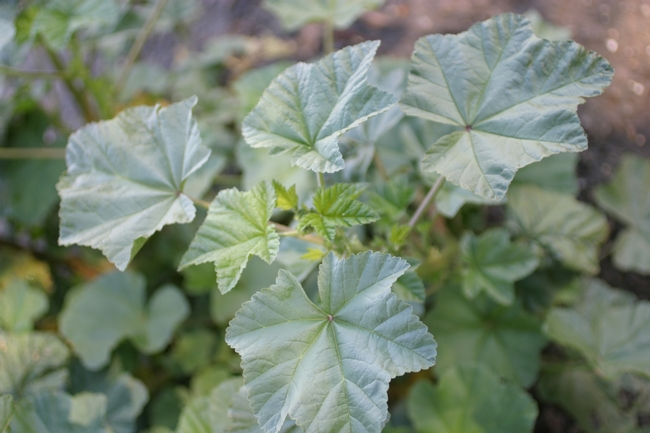
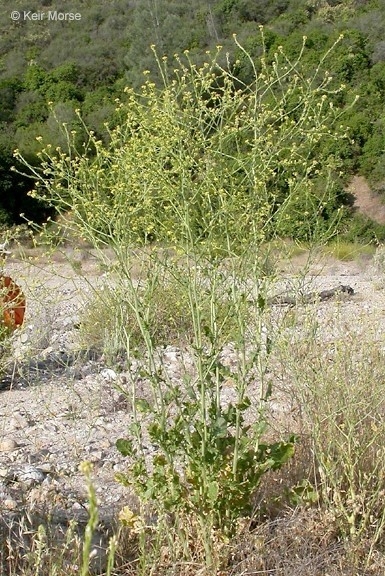
Given the severity of the losses in 2020, the industry is requesting the cooperation of all growers this winter to make a special effort to reduce weed populations in all the usual areas as well as areas that may not have received as much attention in the past. It is hoped that these efforts may prove successful in reducing the source of INSV, similar to the successful efforts of the lettuce free period to reduce the incidence of Lettuce Mosaic Virus (LMV) in years past.
Attached Images:
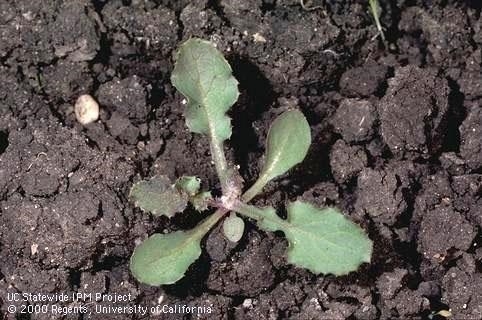
Photo 4. Sow thistle seedling (common in crop and non-crop areas)
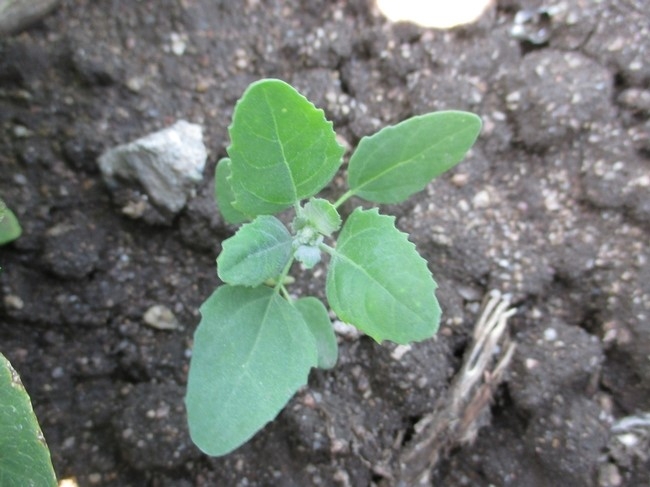
Photo 5. Lambsquarter seedling (common warm season weed that germinates in late spring)
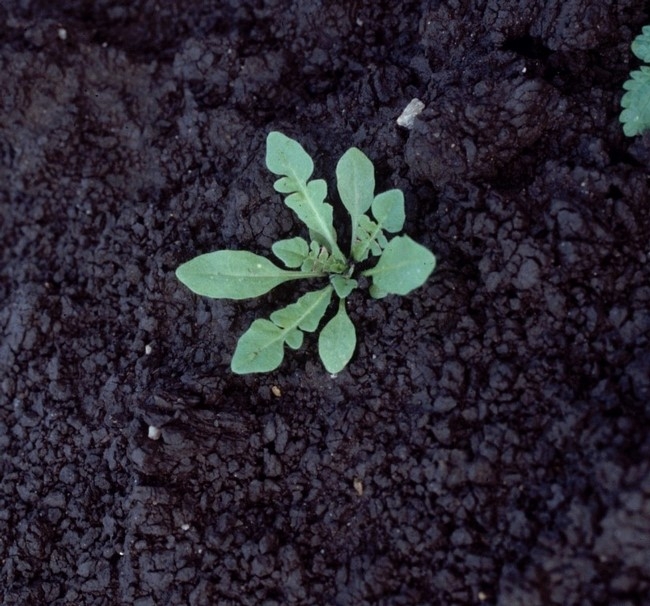
Photo 6. Shepherd's purse seeding (common year-round weed in production fields and ditches)
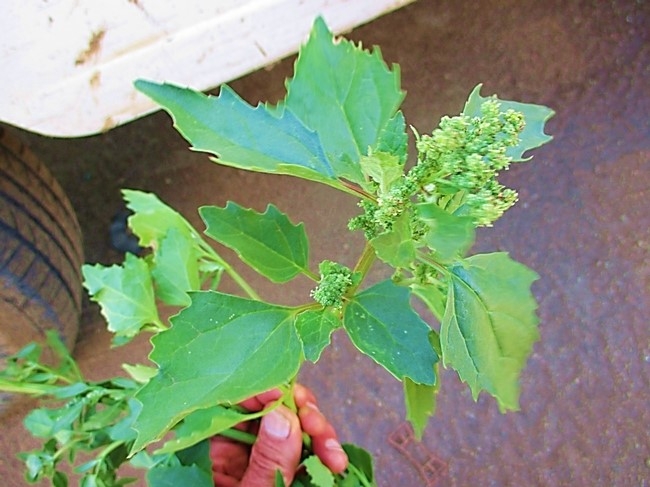
Photo 7. Nettleleaf goosefoot (common summer weed that can grow in the winter as well)
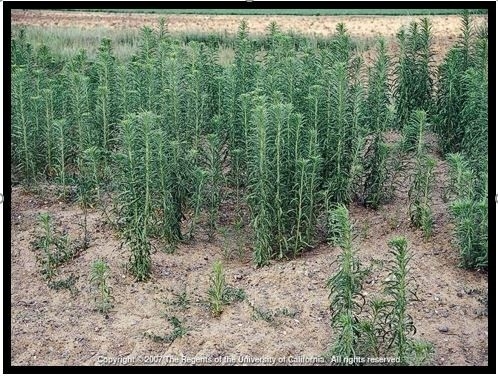
Photo 8. Mare's tail (typical dense infestation of mature plants)
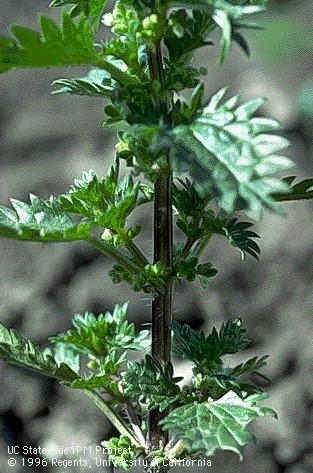
Photo 9. Burning nettle
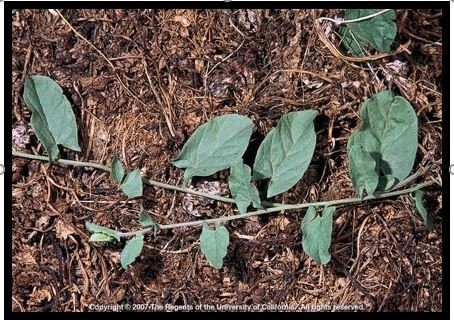
Photo 10. Field bindweed (perennial around fields; infected plants can begin the season infected)
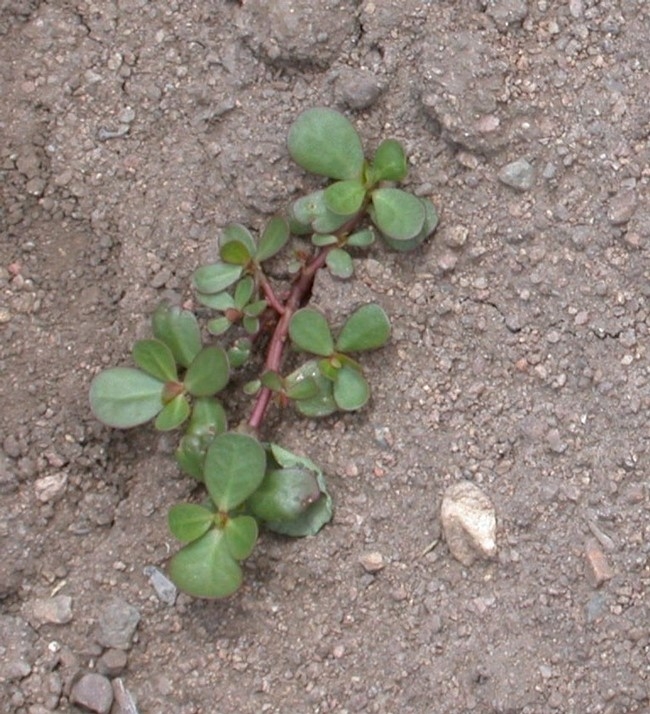
Photo 11. Purslane (common summer weed)
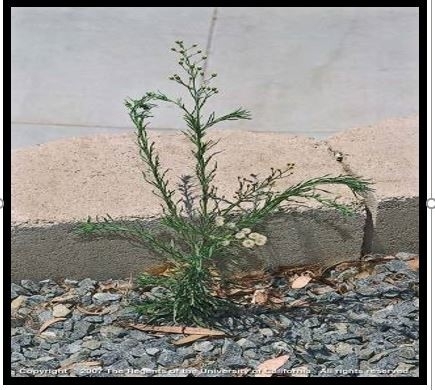
Photo 12. Hairy fleabane (common summer annual that germinates in the winter)
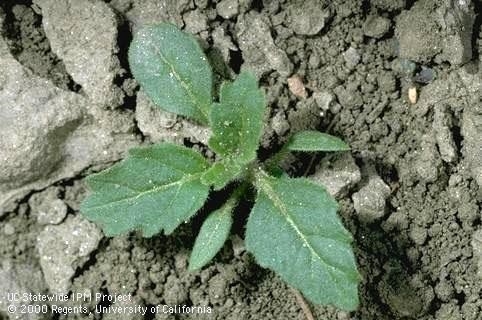
Photo 13. Hairy nightshade (common summer annual that can survive into the winter)
